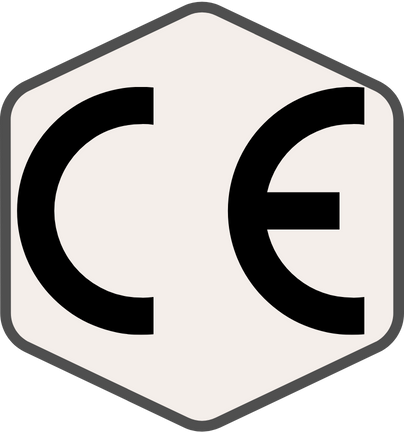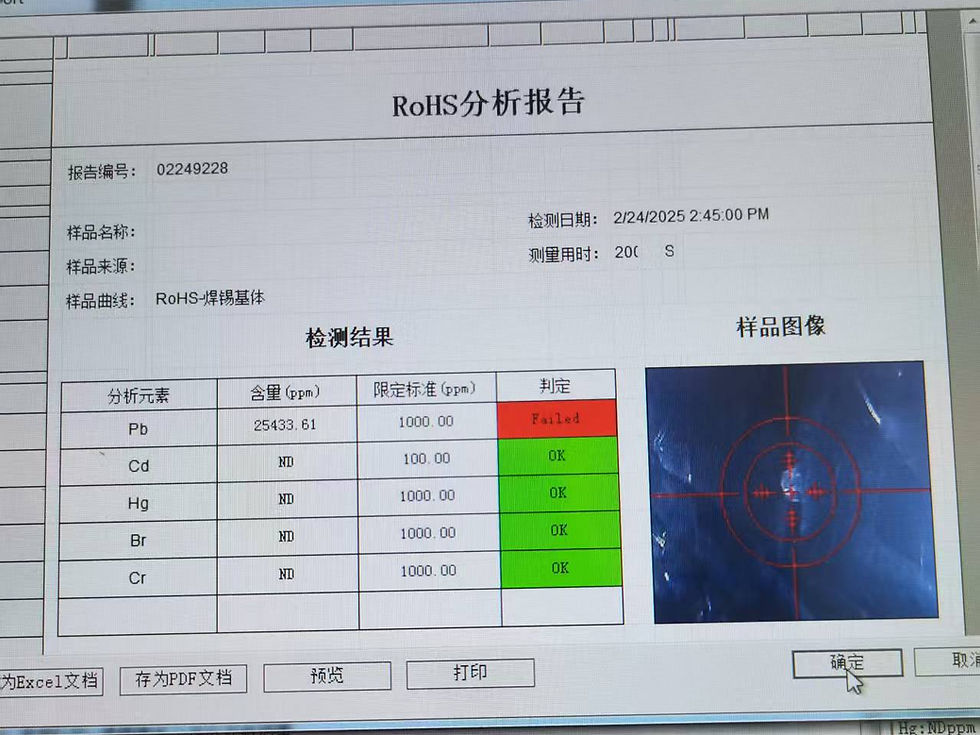Why a CE Mark Does Not Guarantee Quality or Safety for Earphones and Headphones
- Msupport Team
- 15 aug
- 4 minuten om te lezen
When choosing bulk earphones for tours or hospital headphones, you might think that a CE mark means the product is automatically safe and high quality. Unfortunately, that’s a common misconception.
The CE mark is important, it’s required for selling in the EU, but it does not tell you how well a product will perform in daily use, how long it will last, or whether every batch meets the same standard.

This article will explain:
What CE marking really means
Which CE tests apply to our products (and which don’t)
Why we go beyond minimum compliance
What our independent and in-house testing shows, compared to competitors
Why relying solely on supplier documents is risky
#1: The Real Purpose of CE Marking in bulk earphones
A CE mark is not a quality seal. It’s simply the manufacturer’s declaration that the product meets certain EU safety, health, and environmental regulations. The tests behind it vary depending on the type of product.
For our single-use wired earphones and headphones, CE marking mainly involves ensuring they are free from restricted hazardous substances (RoHS) and comply with chemical safety rules (REACH). It does not prove sound quality, durability, or batch-to-batch consistency.
#2: Which CE Tests Apply to (Tour) Earphones
Most of our bulk earphones are passive audio devices; they have no batteries, amplifiers, or wireless components. This means two well-known CE tests do not apply:
EMC (Electromagnetic Compatibility) – Relevant only for devices that emit or are affected by electromagnetic interference (like Bluetooth headsets or radios). Our products don’t produce such interference. the EU EMC Guide explicitly lists corded headphones as inherently benign equipment.
LVD (Low Voltage Directive) – Applies to devices operating between 50–1000 volts AC or 75–1500 volts DC. Our earphones run only on the millivolts from an audio jack, far below this range.
The applicable CE-related testing focuses instead on:
RoHS: Limiting hazardous materials such as lead, mercury, and cadmium.
#3: Competitor Earphone Testing Results and Real-World Recalls: Why CE Alone Isn’t Enough
To see how consistent CE-marked products really are, we acquired competitor earphones, still sealed in their packaging, and had them tested.
The results were eye-opening:
Some samples passed basic chemical safety tests.
Others contained trace amounts of lead.
A few even had significant lead content—enough to fail RoHS limits.
In one sample, one speaker was safe but the other contained lead, meaning quality wasn’t even consistent within the same product.

This isn’t just our experience. The EU’s Safety Gate database recently listed a CE-marked set of in-ear headphones that was pulled from the market in Sweden because the solder contained up to 59.2% lead and 0.17% cadmium. These toxic substances are restricted under the RoHS Directive, yet the product had already reached consumers and was being sold in CE-marked packaging.
This shows two things:
CE marking is only a snapshot in time—it proves that one batch met the rules, not that every future batch will.
It doesn’t guarantee a trustworthy supplier—only that they are capable of making a compliant product once.

Many products don’t carry a CE mark at all, such as disposable rain ponchos, but still need to comply with regulations like REACH for chemical safety. These cases make it even more critical to work with a supplier you can trust, because there’s no visible mark to reassure you.
#5: How We Go Beyond CE Standards for Safer Earphones in Tours and Hospitals
While CE marking does not require it, we voluntarily test to IEC 62368-1: Safety of audio/video, ICT equipment standards for acoustic, electrical, thermal and mechanical safety, ensuring volume levels remain within safe limits and no dangerous electrical or thermal spikes occur.
We also test all major components for 233 Substances of Very High Concern (SVHC) under REACH, verifying they are ≤0.1% by weight.
Additionally, our RoHS testing covers every major part, from solder to plastics, to confirm no harmful substances are present.
These tests are done at accredited labs such as:
EBO Testing Center
SGSS
TUV Sud
#6: Our Bulk Earphones Quality Assurance Process
We don’t just rely on third-party certificates and hope for the best.
Every new model is tested by accredited third-party labs before it enters the market.
Every production batch is checked through in-house testing at the factory; both for incoming raw materials and for the finished products.
We regularly personally witness these in-house tests to verify compliance.
To avoid contamination risks entirely, we:
Only work with factories that use RoHS-compliant materials and RoHS-certified tools exclusively.
Never work with factories that outsource parts of production. This way, we maintain full control over quality and traceability.
#7: What This Means for You as a Buyer of Earphones and Headphones
If you’re buying bulk earphones for tours or hospital headphones, relying solely on the CE mark can be a costly mistake.
You need a supplier who:
Tests new models independently before launch.
Checks every batch in-house for compliance and safety.
Works only with factories that exclusively use compliant materials and tools.
Maintains full in-house control over production.
That’s why Ecovadis awarded us a Gold Medal for our commitment to responsible business practices—and why our clients, from tour operators to hospitals, choose us.
#8: The Takeaway for CE Marking in Bulk Tour Earphones
The CE mark is a legal requirement for many products in the EU, but it is not a measure of quality or ongoing safety. For products like single-use earphones and bulk hospital headphones, real safety and quality come from:
Independent pre-production testing
Batch-by-batch in-house verification
Controlled, contamination-free production environments
With Bits4tours and Bits4clinics, you’re not just buying a CE-marked product, you’re buying a product that’s been tested, verified, and manufactured under strict quality control from start to finish.


Opmerkingen